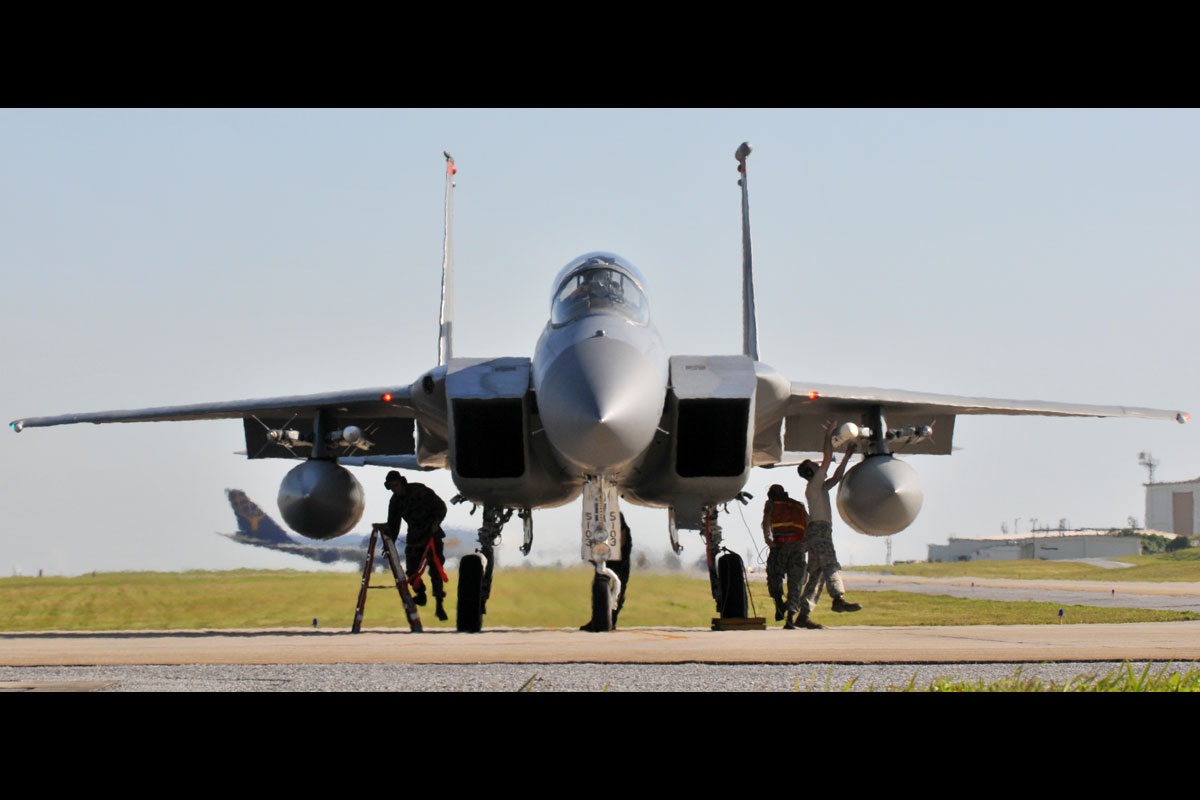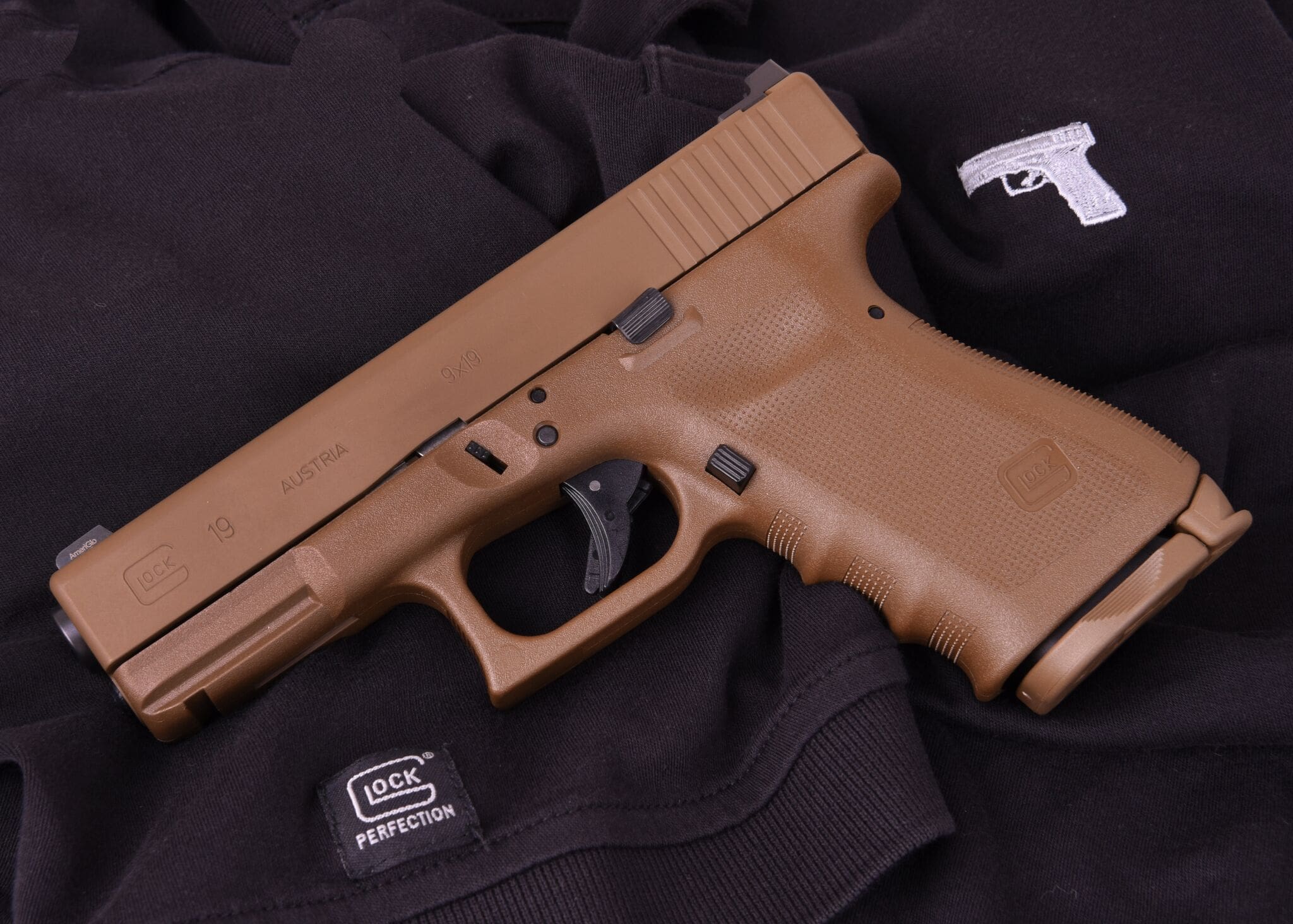Fighter Jet Weight - Fighter jets are an essential part of any air force in the world. These aircraft help the country maintain its security, sovereignty and create resistance against its enemies. Today, the most advanced militaries are those with the most advanced fighter jets.
Today in this article we will focus on discussing the differences between light and heavyweight fighters in terms of size, range, ability of weapons to perform in different air combat situations etc….. Let’s begin…….
Fighter Jet Weight

There is no precise or specific definition to define a light fighter jet but the definition of a light fighter jet is
This Chart Explains How Crazy Expensive Fighter Jets Have Gotten
Due to the low cost of maintenance, operation and flight, most countries use light combat aircraft in their fleets. Light fighters provide cost-effective design and performance. It is strategically valuable for a small country, which cannot afford to operate heavy jets. States can operate it on a large scale because it is cost-effective.
Countries with large air forces mainly use heavy fighter jets. These jets are powered by twin engines, can fly further, carry more long-range weapons, etc. They can carry large payloads and also carry a lot of fuel which makes them effective in penetrating deep into enemy territory and causing massive damage.
These types of jets are mostly operated by smaller countries that do not need to perform more diverse roles.
Heavy fighters are used in all types of missions such as they can be used for heavy bombardment of enemy defense installations, conducting all types of surveillance, patrolling and reconnaissance missions. It is mainly used by major air forces such as the US, Russia, China, India and France.
Hal Ramps Up Lca Production And Looks To The Mk2
Light fighters are single-engine, so they require low operating and maintenance costs (F-35 is a single-engine aircraft but has high operating and maintenance costs due to advanced avionics, radar, powerful engines, advanced technology, advanced optical sensors. and others.). Whereas heavyweight fighters are powered by twin engines and require high maintenance and have high operating costs.
The estimated hourly operating cost of a heavy jet like the Sukhoi is around 10,000 USD per hour. While smaller jets like Tejas and MiG have 4,000 and 3,000 USD respectively.
Single-engine light fighters have limitations in carrying large payloads while twin-engine heavyweight fighters can carry maximum payloads. It can also carry bombs, rockets and missiles with large warheads unlike small jets.

The Sukhoi jet has an estimated maximum take-off weight of 38,800 kg while the Tejas fighter has a maximum take-off weight of only 13,500 kg.
Mig 21 Pfm
A heavyweight fighter can carry a larger payload, therefore it can also carry a larger amount of fuel and thus have a longer operational range than a light fighter.
The operational range of the Sukhoi jet is around 3,000 km while the Tejas jet is around 1850 km.
Heavy fighters carry larger bombs and warhead missiles than light fighters because of their higher payload capacity.
The Sukhoi has 12 hardpoints, making it capable of carrying heavy missiles like MICA, BrahMos. Whereas smaller jets like the LCA Tejas only have 8 hardpoints and smaller missiles like the Python.
Japan's F X 'godzilla' Fighter Is Taking Shape
A light fighter aircraft is smaller in size compared to a heavy fighter aircraft. Therefore, it has a low radar and visual signature.
After discussing all these factors, we cannot conclude that a heavy fighter will completely outperform a light fighter in all combat situations. Because one missile is enough to shoot down any plane. And the improvement of BVR missile technology and advanced avionics many times gave the advantage to light fighters.
Modern light combat aircraft are intended to be equipped with capable weapons that aim to meet the main criteria of air-to-air combat effectiveness by reducing their maintenance and operational costs. Light aircraft have the following advantages:-
Due to the small size of the light fighter, it has a low visual and radar signature i.e. it has a low RCS (radar cross section). It's hard for radar to detect it. Although small targets can be seen, they take longer to acquire visually. These factors give the light fighter pilot a better statistical chance of spotting the heavy fighter first and landing the decisive first strike.
Sketching The 6th Generation Fighter Jet
Small fighters typically have about two-thirds the radar range against the same targets as heavy fighters. In real air combat it can get close to enemy jets, surprise them and lock onto targets with more precision and shoot them down.
The modern trend of stealth aircraft is an attempt to maximize surprise in an era when Beyond Visual Range (BVR) missiles are becoming more effective than the very low effectiveness of BVR in the past.
Light jets have lower operating, maintenance and flight costs. Unlike heavy jets, nations can operate them on a large scale.
In a real combat scenario, a country can operate two light jets, which can provide almost equal competition to a single heavy jet. Therefore, in war, its optimal use can be decisive.
F 15 Eagle
Additionally, pilot capability is indeed a key consideration in improving the overall effectiveness of the piloted aircraft system, the lower procurement and operating costs of light combat aircraft allow for more training, thus providing more effective pilots.
This is an area where heavy fighters have an advantage. A single-engine light fighter can carry a small amount of payload, warheads and missiles.
But twin-engine heavy fighters can carry more payloads, warheads and missiles. Heavy aircraft can bombard powerfully and completely destroy enemy formations. Due to its high payload capacity, it can carry more fuel and penetrate deep into enemy territory and damage their installations. Like the BrahMos missile, it can be fired from the Sukhoi Su-30MKI, but due to its large size and weight, it cannot be integrated into a light jet aircraft such as the LCA Tejas.

Heavy fighters have excellent radar range and long-range BVR missiles that can take advantage of their range. They can perform complex maneuvers and dodge missiles during aerial combat. Many heavy jets have all-weather capabilities, precision electronic navigation, electronic countermeasures, data linking for better information awareness and automation to ease the pilot's workload and allow the pilot to focus on the important task at hand.
Wreckage Of £100m F 35 Fighter Jet That Toppled Off Hms Queen Elizabeth Is Found
With the advancement of technology, even small missiles can cause massive damage. Countries are working to reduce the weight of missiles by increasing their capabilities. Such missiles can be integrated into light jets. India is working on developing the BrahMos NG, a smaller version of the BrahMos cruise missile, with similar capabilities, which can be integrated into light jets such as the LCA Tejas.
Moreover, combat experience shows that the "effectiveness" of a weapon system is not dominated by the number of weapons or "loading", but by the ability to achieve a split-second kill when in a position to do so. Even a light jet can deliver an accurate hit.
Improved engine performance has increased load carrying capacity. With a more powerful engine, the light fighter can also carry equally effective weapons, including BVR missiles with the same combat range. Modern light fighters achieve these competitive characteristics while retaining the best advantages of surprise, numbers and maneuverability. Thus, the existing advantages of light fighters remain intact despite the addition of more technology for air combat.
Due to their low cost, modern light fighters equip the air forces of many small countries. However, since budget is a constraint for all countries, the optimal choice of fighter weight, complexity, and cost is an important strategic problem even for rich countries.
Russia Unveils New 'checkmate' Fighter Jet
Now that Sweden has developed the Gripen, South Korea is developing the TA-50/KA-50 fighter jet, many smaller countries are now interested in developing light aircraft. Light aircraft also have good export prospects, as many countries now want to operate cost-effective fighter jets for their needs.
More countries are working to develop medium-range jets as an alternative to heavy and light jets.
An aspiring conservationist wants to gain as much knowledge as possible by writing a blog because the sharing of knowledge increases. A video of an F-15QA performing an incredible 'Viking Takeoff' surfaced last week. The jet, built for Qatar, took off like a normal fighter jet but immediately entered a steep climb, where it appeared to accelerate straight down. The two-seat fighter is not the same as the new F-15EX built for the US Air Force, which should be able to achieve the same level of performance.

This content is imported from YouTube. You can find the same content in other formats or you can find more information on their website.
N Br419 1113 Arabian Sea (july 22, 2021)
The video, taken on April 14, shows the new F-15QA being built for the Qatari Air Force. The plane has not been painted and is a patchwork of material colors including yellow and aluminum. This plane flies completely "clean", with no dropped tanks, no weapons, and probably no rear co-pilot. This reduces the weight of the aircraft
Second degree assault washington state, 2nd degree assault sentence, 2nd degree aggravated assault, 2nd degree assault mn, 2nd degree assault, 2nd degree assault definition, 3rd degree assault washington state, 4th degree assault washington state, 2nd degree felony assault, 4th degree assault washington, what is assault 2nd degree, 2nd degree assault charges














